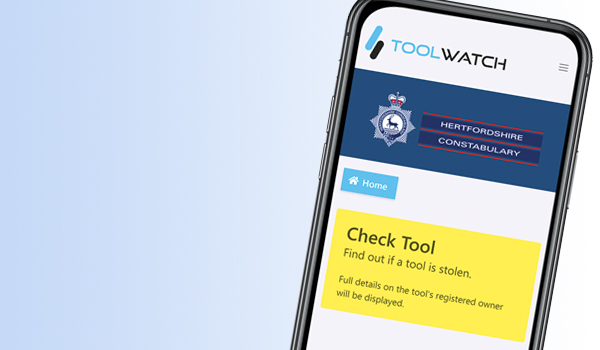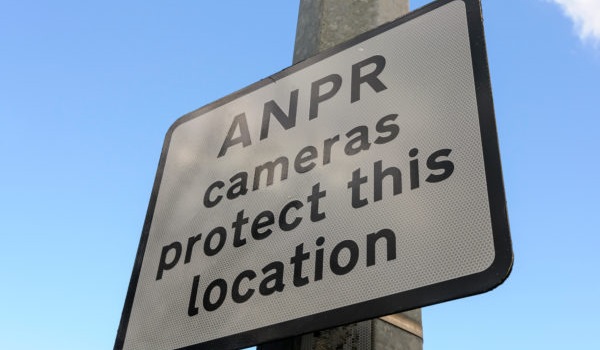Using social media to tackle crime
Joanne Taylor examines how with social media increasingly becoming a driver of serious organised crime, police and law enforcement agencies need to embrace the latest analytics technology to extract actionable intelligence from the online world.

Social media today is now defining rather than just reflecting social attitudes. Sites once seen as a simple means of communication now often act as a forum for, and a driver of, serious organised crime.
The use of social media in the ongoing Mexican drugs war is one of the most compelling recent examples of this. Rival gangs have made extensive use of narcomessages and narcovideos: handwritten signs and videos left by drug traffickers, often accompanied by gruesomely disfigured human remains that are clearly intended for reproduction and transmission on YouTube or other social media platforms. The messages are typically interpreted as ways for rival groups to settle the score, and therefore serve to escalate the conflict and associated violence.
This may be a particularly dramatic example, but we are increasingly also seeing social media used to publicise and coordinate the full spectrum of organised crime. Examples range from social counterfeiting to fraud, and from coordinating human trafficking activity to planning cybercrime attacks or even recruiting new terrorist group members.
The riots of August 2011 also demonstrated the power of social media as an influencer of mass action and a key tool used to comment on and coordinate the activities of the rioters.
Indeed, the growing criminality associated with social media has acted as a wake-up call to the authorities about the need to not just engage in social media, but also to leverage it as a source of intelligence.
Law enforcement agencies increasingly realise that they can no longer stand on the sidelines and watch. Instead they need to actively participate in and monitor the discussions so they can use social media data to their advantage.
Today, growing numbers of personnel within investigative agencies are being deployed to monitor social media. Unfortunately, within most agencies, systems are basic and processes time-consuming and resource-intensive, meaning social media is not being exploited for intelligence to the levels the modern information age requires.
Building connections
So what is the solution? Technology has to be key in helping sort through vast volumes of information generated in social media to sift out all the general chatter and focus in on the key pieces of relevant information associated with criminality.
Advanced analytics technology can sift relevant information on criminality from the deluge of social media noise. It can, for example, identify relevant content; determine who is saying what to whom, and pinpoint and monitor patterns of influence.
It is not, however, standard analytics that is of use here, but rather more specialised text analytics. These solutions use natural language processing to understand meaning in language and can cope with multiple languages. Crucially, they also understand and learn text language as social media speak continues to change and develop at a rapid pace.
These advanced capabilities are needed to derive a consistent view of meaning, content, reference points and intent. This helps agencies learn what is being said about particular entities and make meaningful comparisons between different postings and messages.
Social media analytics can automatically extract entities people, places and locations and build connections to understand the inter-relationships and the context. Social network analysis can be used to understand the human networks behind the social media, how people are linked and the ring-leaders involved. This enables them to focus on key individuals and target resources most effectively.
In addition, sentiment analytics can assess and monitor the sentiment of text to flag changing attitudes that may signal a shift from words to action. Allowing the technology to do the monitoring frees resources to intervene when an increased threat is identified.
Scaling the data mountain
Agencies today do not have the luxury of just increasing resources. They need to use existing resources more wisely keeping staff focused



